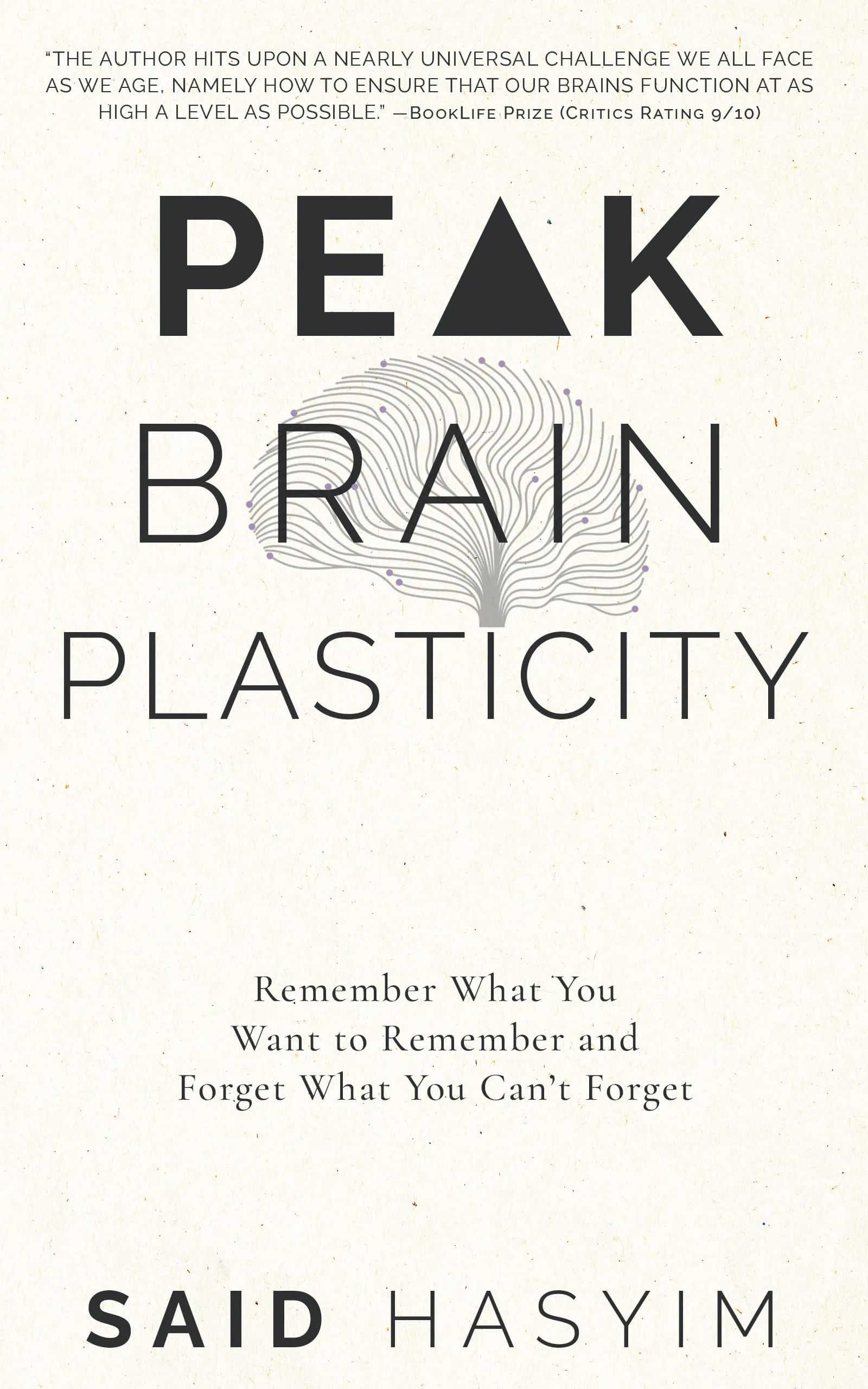How to Develop a Personal Memory System
Memory is an essential aspect of our lives. It shapes our identity, influences our relationships, and is fundamental in both personal and professional settings. Whether you're a student trying to retain knowledge for exams, a busy professional juggling numerous tasks, or simply someone who wants to remember important life moments, a personal memory system can help ease the burden of memorization. This blog post will guide you through the steps to create a personalized memory system that caters to your needs and preferences.
Understanding Memory
Before developing a memory system, it's crucial to understand how memory works. Our brain processes information through various stages, including:
- Encoding: This is the initial stage where the information is transformed into a format that can be stored in the brain.
- Storage: The encoded information is retained and organized in the brain for future retrieval.
- Retrieval: This is the process of accessing and bringing the stored information back to consciousness.
By understanding these stages, we can develop strategies that enhance each part of the memory process.
Steps to Create Your Personal Memory System
Step 1: Identify Your Memory Needs
Before diving in, take some time to reflect on what you need to remember. Here are some questions to consider:
- What types of information do you struggle to remember (names, dates, facts)?
- What are your goals for memory enhancement (academic success, workplace efficiency, personal growth)?
- How do you prefer to learn and retain information (visual aids, written materials, auditory cues)?
Identifying your needs will guide the development of your system.
Step 2: Choose a Memory Technique
Various memory techniques can help you retain information more effectively. Here are a few popular methods:
Mnemonics: Techniques such as acronyms or rhymes can help simplify complex information. For example, remember the colors of the rainbow with the acronym ROYGBIV (Red, Orange, Yellow, Green, Blue, Indigo, Violet).
Visualization: Transform information into vivid mental images. The more unusual or exaggerated the image, the more likely you are to remember it.
Chunking: Breaking down large amounts of information into smaller, manageable units. For example, instead of remembering the number "149217761941," breaking it into "1492," "1776," and "1941" can be easier to recall.
The Method of Loci: This ancient technique involves visualizing a familiar space and associating pieces of information with specific locations within that space.
Spaced Repetition: Schedule learning sessions over increasing intervals rather than cramming. This technique leverages the psychological spacing effect, which enhances long-term retention.
Step 3: Organize Your Information
Create a structured way to organize the information you wish to remember. Here are some suggestions:
Digital Tools: Use apps or software to categorize and store information. Tools like Notion, Evernote, or even simple spreadsheets can be beneficial.
Physical Notebooks: A dedicated notebook for different subjects or categories can work well, especially with visual and tactile learners.
Mind Maps: These graphical representations of information can help you visualize concepts and their relationships, making it easier to understand and remember.
Step 4: Practice Regularly
Memory is like a muscle; it gets stronger with use. Here are some ways to incorporate practice into your routine:
Daily Reviews: Spend a few minutes each day reviewing new information. This can reinforce your memory and transition information from short-term to long-term storage.
Teach Others: Explaining what you’ve learned to someone else can solidify your own understanding and memory.
Utilize Flashcards: For facts or vocabulary, flashcards can be a powerful tool. You can create physical cards or use apps like Anki for digital flashcards with spaced repetition.
Step 5: Optimize Your Environment
Your environment plays a significant role in how well you remember information. Here are some tips:
Minimize Distractions: Create a study space that is free from distractions. Turn off notifications and find a quiet area.
Use Color Coding: Bright colors can aid in memory retention. Use colored pens, post-it notes, or highlighters to differentiate categories of information.
Incorporate Movement: Consider studying while walking or using gestures to reinforce learning. Physical activity can enhance cognitive functions.
Step 6: Reflect and Adapt
As you implement your personal memory system, it’s essential to reflect on its effectiveness regularly. Consider the following:
What Techniques Work Best?: Track your progress and note which memory techniques yield the best results for you.
What Can Be Improved?: Be open to changing your methods or exploring new techniques. Memory systems should be fluid and adaptable.
Celebrate Your Achievements: Acknowledge your successes, no matter how small, to boost your motivation and confidence.
Conclusion
Developing a personal memory system is an ongoing process that requires patience, experimentation, and commitment. By understanding your unique needs, exploring various memory techniques, creating a structured organization method, practicing regularly, optimizing your environment, and reflecting on your progress, you can build an effective system that enhances your ability to retain and recall information. Remember, everyone learns differently, so be kind to yourself during this journey and enjoy the process of expanding your memory skills. Happy memorizing!
Harness the Power of Neuroplasticity
Discover Peak Brain Plasticity, a practical book to harnessing neuroplasticity. Enhance your memory, learn new languages quickly, and alleviate anxiety with effective study methods. Uncover daily habits that impact cognitive health and explore techniques for accelerated learning and memory retention. Unlock your brain's potential for growth and transformation.
